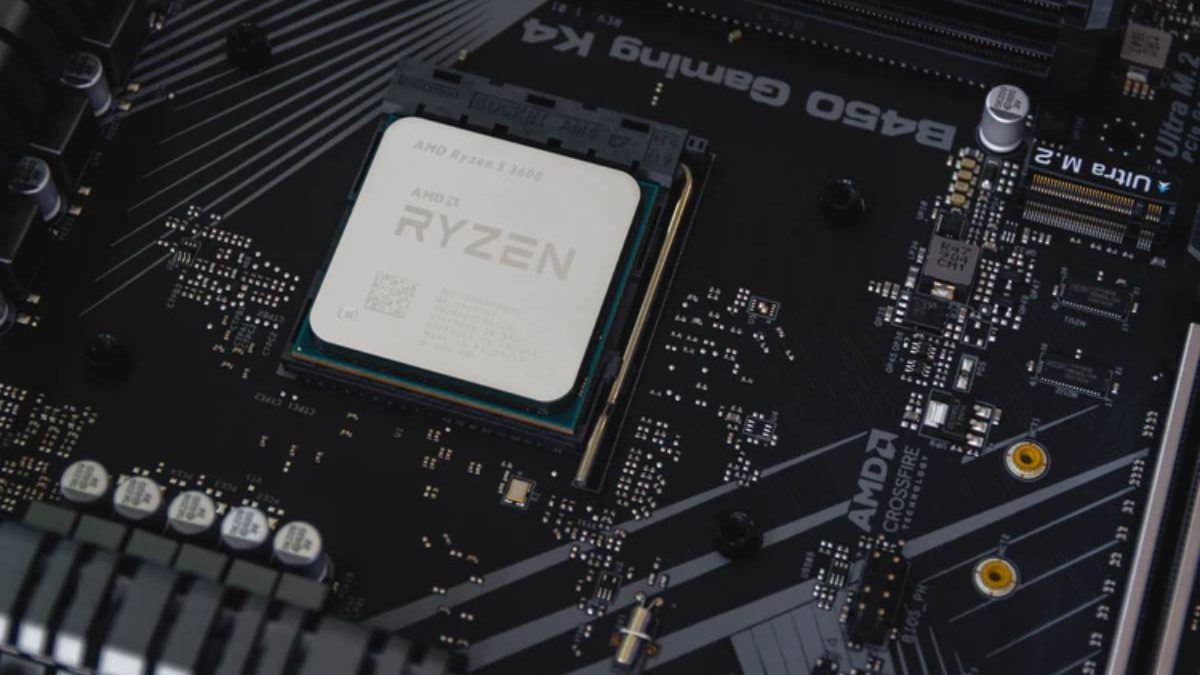Quantum mechanics emerged as a branch of physics in the early 20th century to explain nature at the scale of atoms and led to advances such as transistors. Lasers, and magnetic resonance imaging. The idea of merging quantum mechanics and information theory. Originated in the 1970s but received little attention until 1982 when physicist Richard Feynman gave a talk explaining that computing based on classical logic could not.
Treat in an actionable way the calculations that describe quantum technology. Phenomena. However, computing based on quantum phenomena configured to simulate other quantum phenomena would not be subject to the same bottlenecks. Although this application eventually became the realm of quantum simulation, it did not generate much research activity at the time.
In 1994, however, interest in quantum computing rose dramatically when mathematician Peter Shor developed the quantum algorithm, which could find the prime factors of large numbers efficiently. Here, “efficiently” means in a time of practical relevance, which is beyond the capability of state-of-the-art classical algorithms. Although this may seem simply like an oddity, it is impossible to overstate the importance of Shor’s insight. The security of nearly every online transaction today relies on an RS A cryptosystem that hinges on the intractability of the factoring problem to classical algorithms.
What Is Quantum Computing?
Quantum and classical computers try to solve problems, but the way they manipulate data to get answers is fundamentally different. This section explains what makes quantum computers unique by presenting two principles of quantum mechanics crucial to their operation. Superposition and entanglement.
Superposition is the counterintuitive ability of the quantum object, such as an electron, to exist simultaneously in multiple “states.” With an electron, one of those states may be the lowest energy level in an atom, while another may be the first excited level. If an electron is set up in a superposition of these two states, it has a certain probability of being in the lower state and a certain probability of being in the higher state. A measure will destroy this overlap, and only then can it be said that it is in the lower or higher state.
Understanding superposition helps to understand the basic building block of information in quantum computing, the qubit. In classical computing, bits are the transistors that can be turn off or on, corresponding to states 0 and 1. In qubits like electrons, 0 and 1 simply correspond to states like the upper and lower energy levels discussed below.
Qubits are distinguished from classical bits, which must always be in the 0 or 1 state, by their ability to overlap with variable probabilities that can be manipulated by quantum operations during calculations.
Why Do We Want It?
The promise of developing a quantum computer sophisticated enough to run Shor’s algorithm for large numbers has been one of the main motivations for advancing the field of quantum computing. However, to develop a broader view of quantum computers, it is important to understand that they are likely to offer tremendous acceleration only for specific types of problems.
Researchers are working both to understand which problems are suitable for quantum accelerations and to develop algorithms to demonstrate them. In general, it is to believe that quantum computers will go a long way toward solving optimization-related problems. Which play a key role in everything from defense to financial trading.
How Do We Try To Get It?
Building quantum computers is incredibly difficult. There are many candidate qubit systems at the scale of individual atoms, and physicists, engineers. And materials scientists trying to perform quantum operations on these systems are constantly faced with two competing demands. First, qubits must be protect from the environment because they can destroy the delicate quantum states necessary for computation.
The longer a qubit survives in the desired state. The longer its “coherence time.” From this point of view, isolation is valuable. Second, however, for the algorithms to run, the qubits must be interlace, mixed with physical architectures, and controllable on demand. The better these operations can be perform, the higher your “loyalty” will be. It’s difficult to balance the isolation and interaction required, but after decades of research. Some systems are emerging as the best candidates for large-scale quantum information processing.

